How many winged wonders is too many?
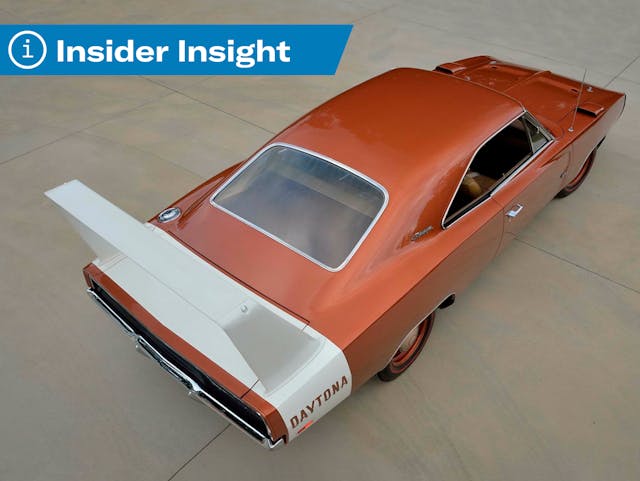
Want a better understanding of what’s driving collector-car values? Sign up for the Hagerty Insider newsletter.
Can there ever be too much of a good thing? It’s a well-worn question, but one we ask quite a bit at Hagerty Insider, particularly when applied to supply, demand, and old cars. Sifting through the intricacies of this hobby all day will do that to you. It’s surely a question that auction companies ask themselves, too. I even overheard passersby utter it a few times last week at Mecum Kissimmee, the world’s largest collector car auction. They could have been referencing anything—from the over 4000 vehicles that crossed the block to the abundance of certain models. Indeed, we noticed several instances of high-spec, perfect cars selling strongly while lesser cars experienced more no-sales and mixed results relative to their estimates.
In this context, couldn’t help but think of the 20(!) Mopar aero cars (the Dodge Charger Daytona and Plymouth Road Runner Superbird that briefly dominated NASCAR in 1969-70), most of them from a single collection. Some were perfect. Others weren’t. Some had desirable colors, which can make a surprisingly big difference in the Mopar muscle world. Others didn’t. Over three percent of all the Hemi-powered wing cars ever built were available to the highest bidder. So, can there be too much of a winged thing?

There are all sorts of factors that go into how we price cars for the Hagerty Price Guide, but there are even more variables when you throw vehicles into an auction setting. Timing, marketing, makeup of consignments, even the weather can affect who’s bidding. What auction companies have the most control over is what goes across the block and when, so they put a lot of time and energy into this bit of car choreography.
Which brings us back to our age-old question and group of pointy-nosed muscle machines. On the one hand, bringing 20 of these rare cars (comprised of 503 Daytonas and about 2000 Superbirds) certainly grabs the attention of those shopping for a wing car. And, theoretically, it sets a bidders against each other, pushing prices up and up. On the other hand, so many of the same car in one spot also means bidders can choose to be picky. With all choices of color, options, transmission and engine, lesser cars might get passed over.
It appears that some of the latter happened in Kissimmee. Of the 11 Dodge Daytonas, two stood fairly clearly above the rest. Both cracked the world-record price and tied each other at $1.43M each. One was an ex-Bobby Allison NASCAR racer, and the other was a pristine, super low-mile Hemi four-speed car, the same one that comedian David Spade bought in 2015 for $990K. Only three Daytonas have brought over $1M at auction before. Meanwhile, seven of the Daytonas sold for well under their presale estimates, including one for $308K against a $375K estimate. It was a 440/375-hp car with an automatic (the least desirable drivetrain), and although its color combination of Yellow over Saddle is apparently one-of-one, it’s not the kind of loud shade that Mopar fans typically pay a premium for.
Most of the Superbirds sold under their estimates as well, including some of the Hemis. But to show just how much details matter, let’s point out that a Limelight Green Hemi four-speed with its original drivetrain sold for $852,000, while a Lemon Twist Hemi with an automatic and a replacement engine brought $517,000. That Lemon Twist Superbird might have been the star attraction at another auction. Here, it faded into the background.
Granted, none of the 20 brought bargain-basement numbers, and all the prices were well above what they would have been a couple of years ago. But after 2022’s nearly nonstop growth, the more nuanced results for this group made for a compelling spectacle. Will top-shelf cars still fly high and lower spec rides start to soften? It’s something we’ll be keeping an eye out for as we pick apart the numbers from Kissimmee and Scottsdale in the coming weeks. Stay tuned.
Check out the Hagerty Media homepage so you don’t miss a single story, or better yet, bookmark it.
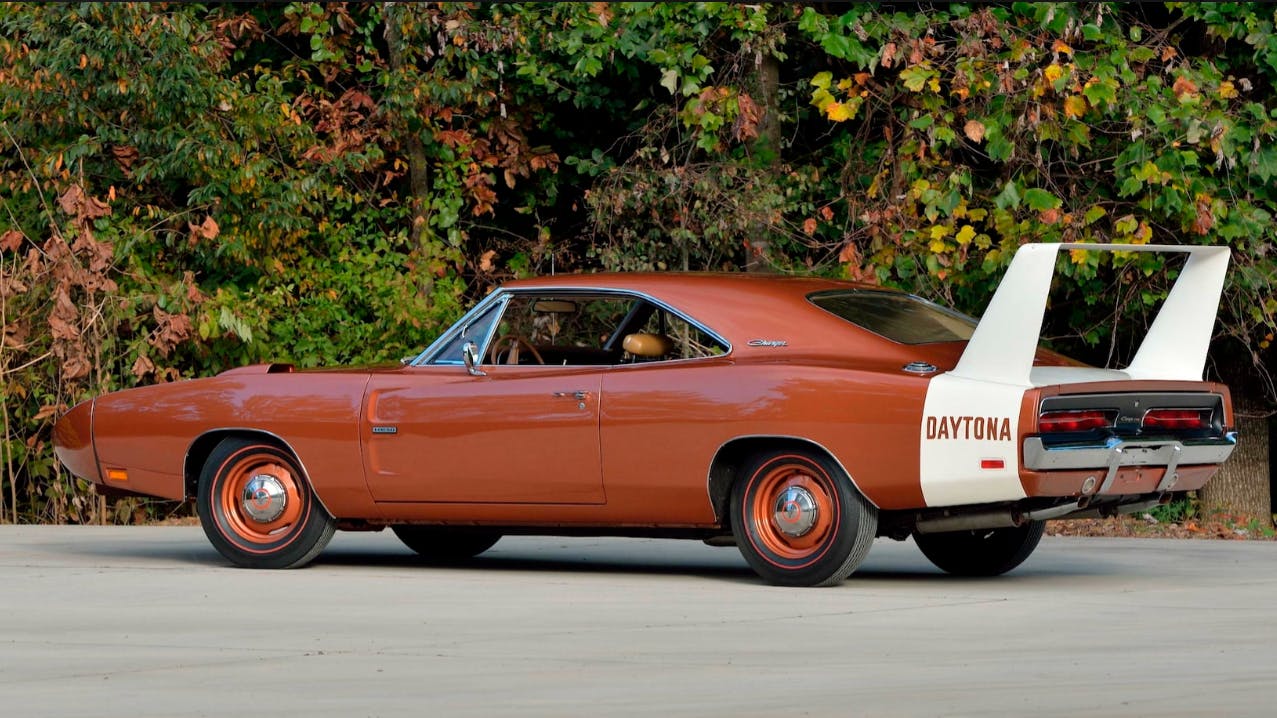
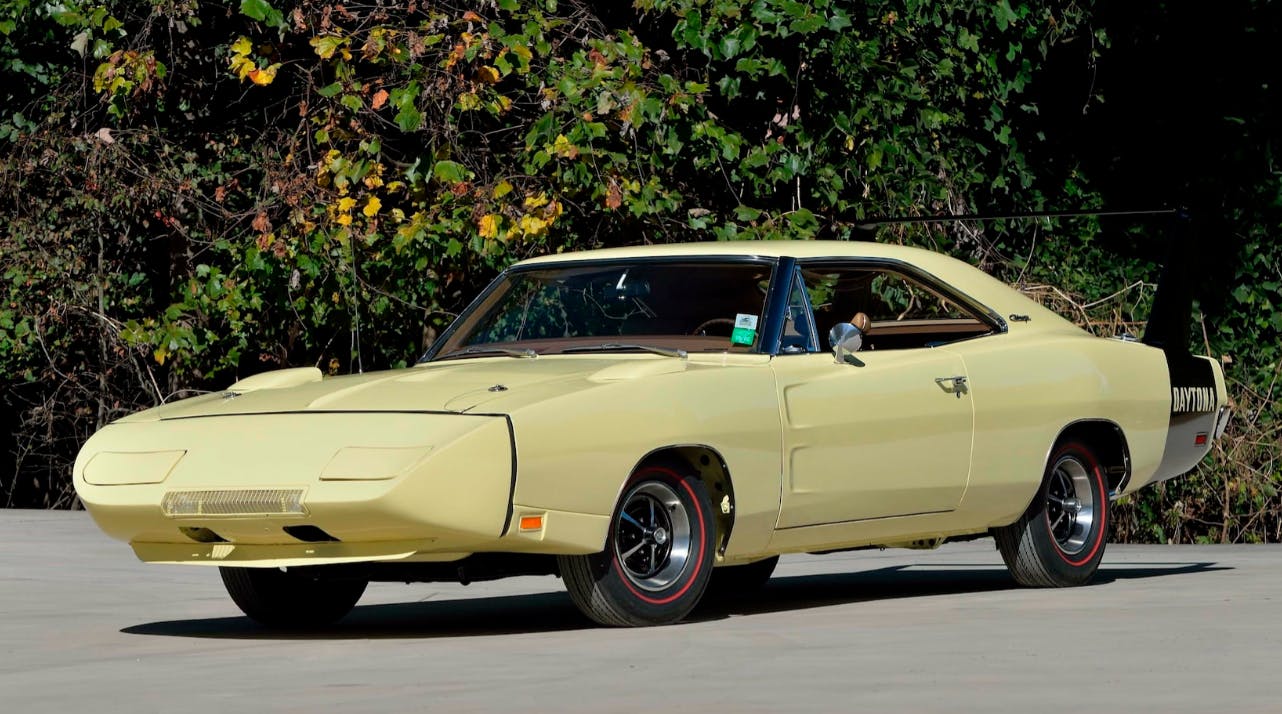
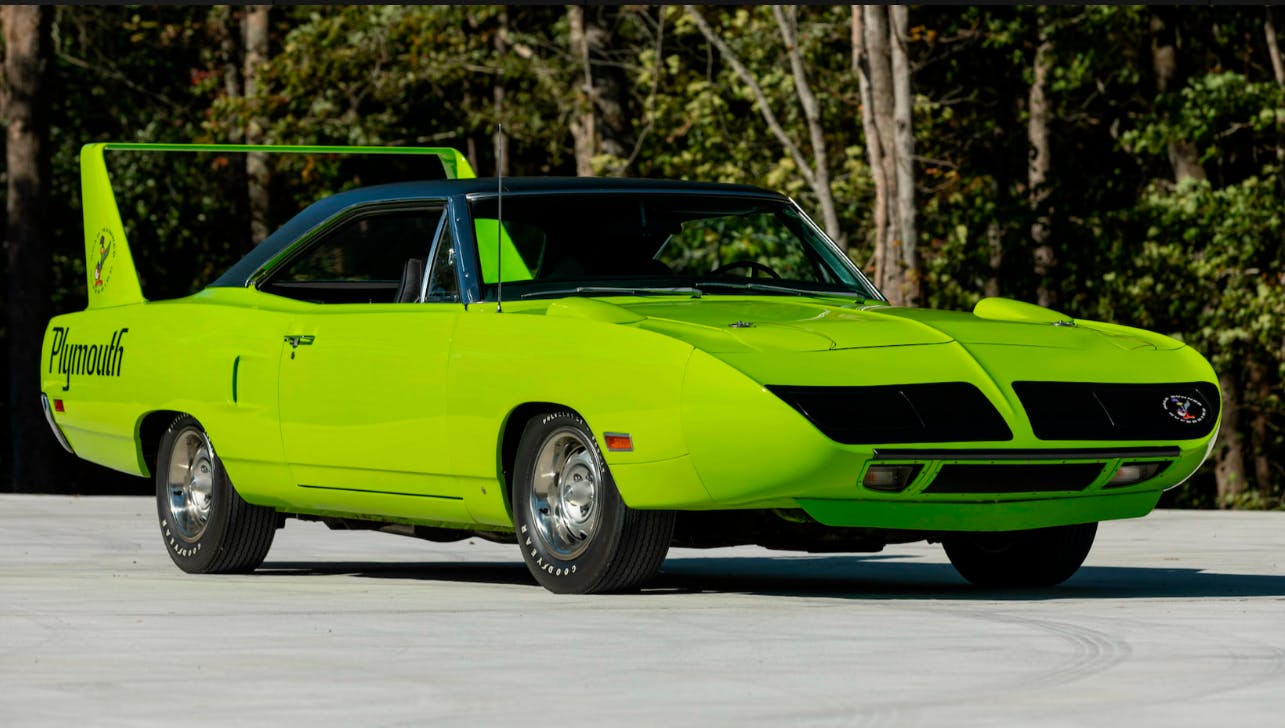
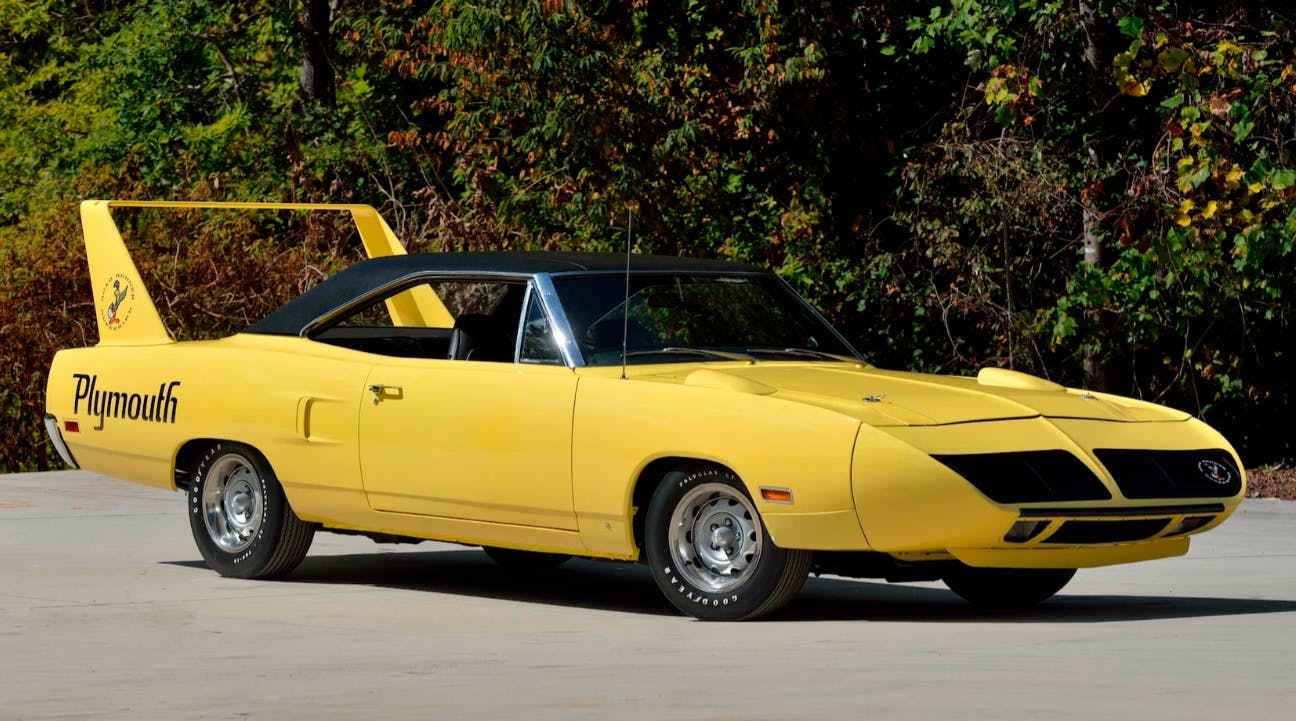
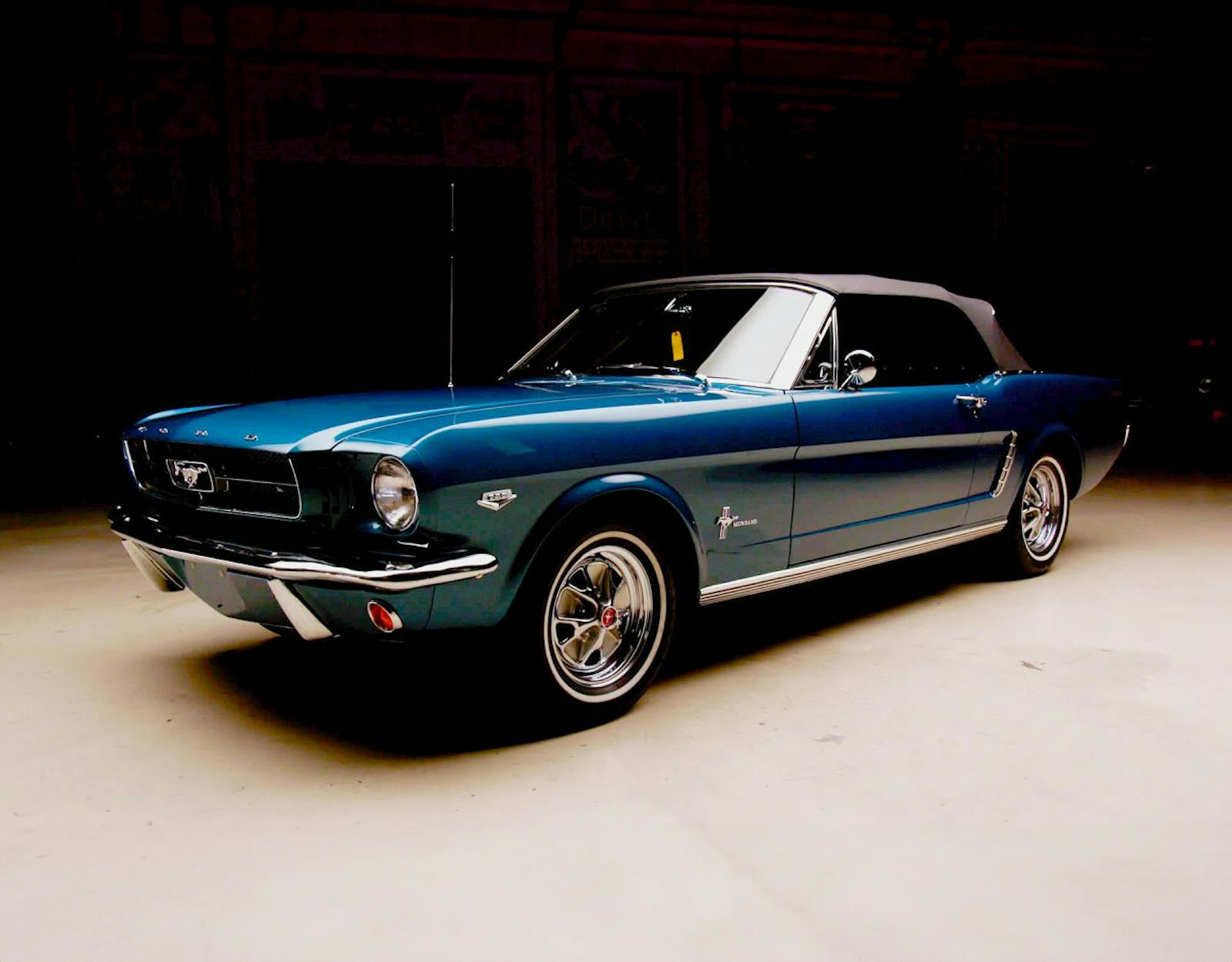

What happened to the Kwiatkowski/Evernham #88 with all its provenance going for “only” $500K in Indianapolis while others are going for so much? Sounds fishy.
These absurd prices that the wealthy are paying is an indicator of our nations inflation. These and other high priced auctions are statistics used by the treasury as indicators that the government sees as inflation and therefore they are compelled to raise the interest rate. The raise in interest rate is driving people out of their homes and struggling to feed their families who are now homeless, then these very same Uber wealthy bidding at auction, complain about all the unfortunates living on the street.
I am not among that crowd. But I am now priced out of ever having a collector car, because of the super rich have nothing else to do with their piles of money. It sucks.
Jimi – Maybe you can’t afford one of these winged birds (I certainly can’t) but one can obtain an affordable classical ride if you’re searching. I drive an ’84 Buick Riviera Convertible that is completely original (only 500 made that year), inside & out. I only paid around $11K for the vehicle with 77K on the odometer. Yeah it’s not much of a tire burner but it cruises down the road like a champ. And it catches the eye of the opposite sex (real females!) pretty easily ;D. The ’60’s & ’70’s cars are getting up there in price but the ’80’s are still affordable. Go find yourself one!
I lived in Orlando Fl in 1970 ( I was 13 years old) and down the street was a Plymouth dealer with three of these winged wonders on his lot. They couldn’t give them away!!! If only I could have talked dad into buying one for a future driver.
Jimi, With all due respect, the price for collector cars has absolutely nothing to do with the “nations inflation”. Really. It has all to do with supply and demand of these low volume cars. Don’t harp on people with some of their money being able to buy these cars. Good for them. I am sure they worked for it, or if they inherited it, so what. Don’t be jealous. Be glad someone cares enough for these treasures to care for them for a few years. You sound angry that someone has the means to buy these treasures, and your comparison to “inflation and raising interest rates” has absolutely nothing to do with the pricing of collector cars.
Dan, a rare one, a 1969 factory “Hurst Barracuda.” Yup, 4 speed. Lol
My Uncle had a friend with a 440 powered Superbird.
It liked overheating (it wasn’t exactly designed to sit at stoplights); I remember sitting next to it boiling over in a SE Pennsylvania August afternoon, while going for ice cream as a teen in the early 90s. It was quick. Didn’t corner or stop particularly well (it felt like the passenger sedan it was hacked out of.) No quicker than many of the other muscle cars I’d had rides in to that point.
The styling is unique; I give Chrysler credit for “solving” the NASCAR rules for a little while, back when you could do that type of stuff. Honestly, for that type of money, I’d buy a million other cars. They never really grew on me. If I had to go US muscle, I’d buy a ’67/427/435/M20 C2 ragtop or a ’69 427/435/M20 C3 ragtop, outcorner and stop it, keep up with it on the straights, and pocket a few bucks. An added bonus is I would not have the urge to look away when I opened the garage. If it had to be a Mopar, a half dozen years of GTXs are prettier, and tons cheaper.
They’re different. I still don’t *get* it, thirty years after seeing/driving my first one.
As far as the winged cars go, you either love them or you hate them. Most Chivvy guys hated them & still do – that’s fine – go buy your Chevelle or Camaro. I always liked them, & saw many very affordable ones on car lots in the early-mid 70’s, but never had the means to buy one back then, or the place to keep them. I always knew they would be very special one day & worth a trainload of $$. I was right.
After one year counting tires, batteries, and accesssories at Standard Oil Stations between St. Louis and Terre Haute it did not excite this 23 years old college graduate as a entrantace to the automotive industry, I Intervied with Oldsmobile Division and in a month ior so I was druving a Clutlass ralley 350 brighy yellown and looked lie]]]\an
s
\
After college I got a starter/training program with Standard Old division of American Oil Company of Indiania. (part of the orginal Standard Oil Company of New Jersey I was jdriving to contact a Oldsmobile dealer in my Hot Yellow 350m Ralley 350 Culass hartop with //[]\\\
\\In 1969 l quit Standard Oil’s Division of American Oil (an old subsidary of Starndard of New Jersey) one of Uncle Sams better ideas to prevwnr===]]\\